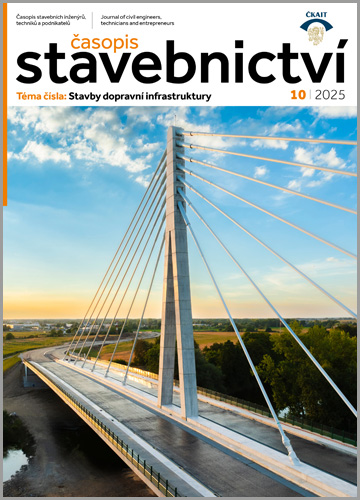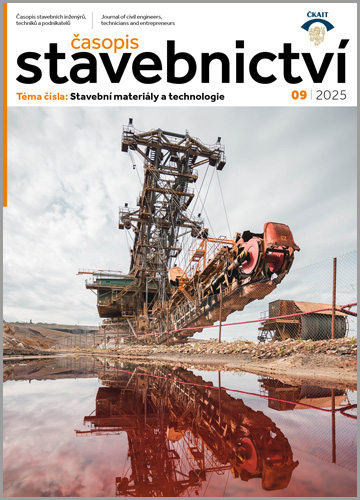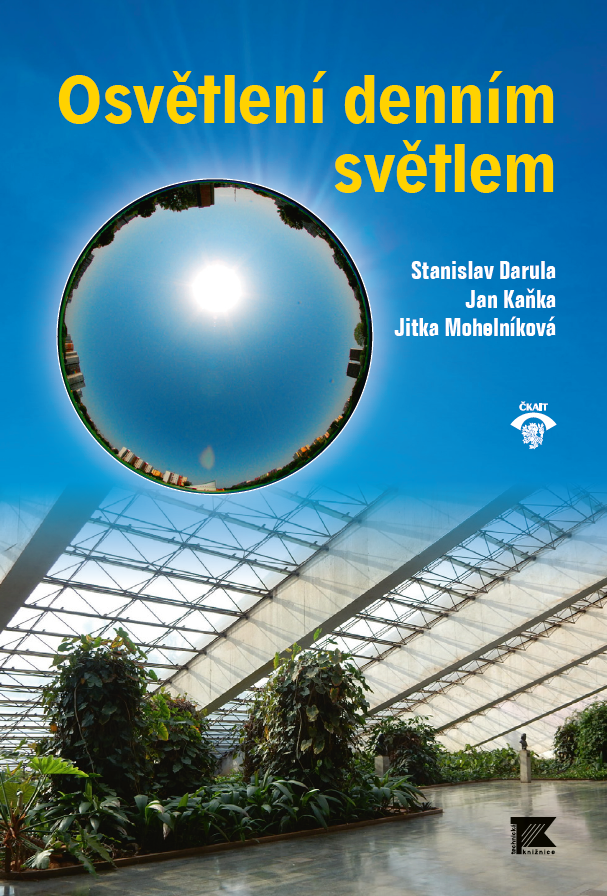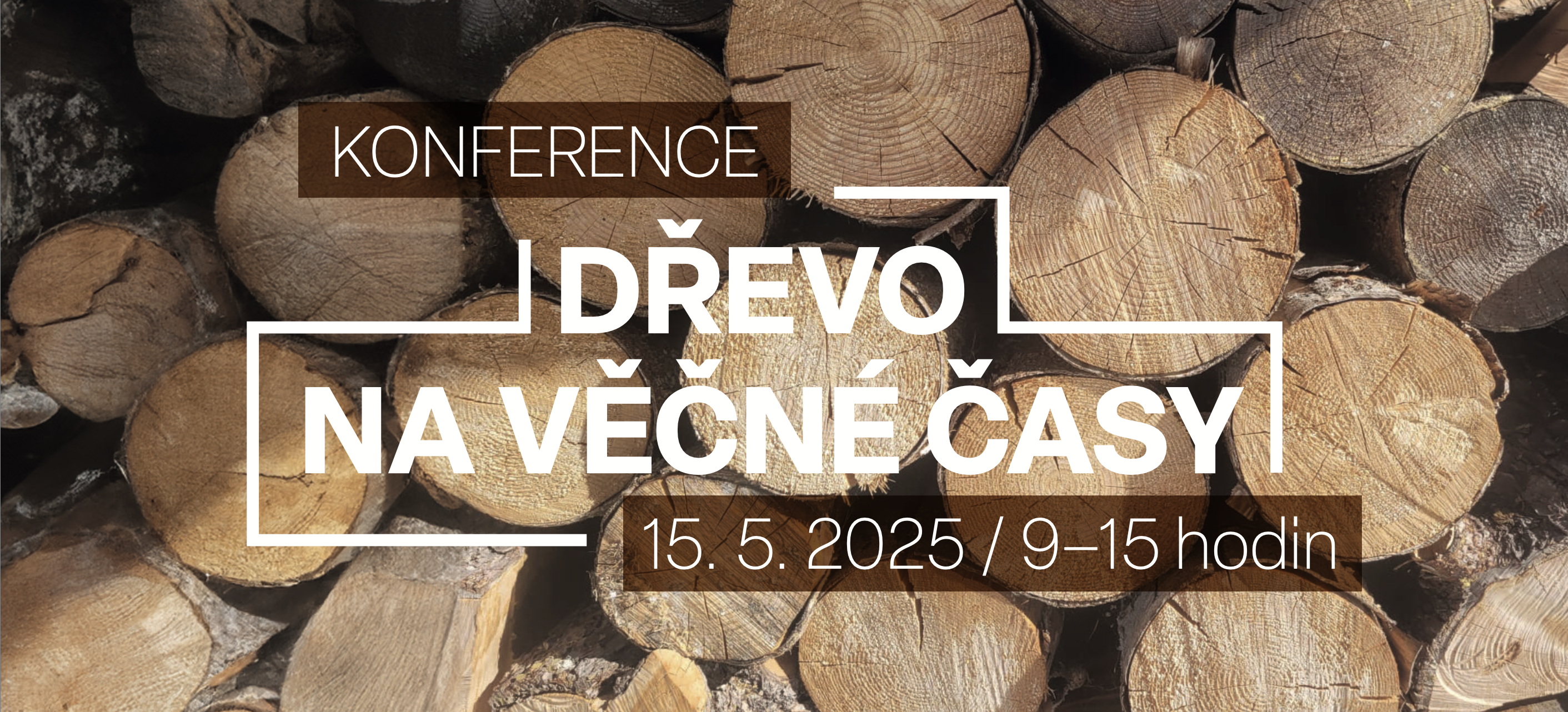TOB 3–4/2017
Editorial
Why the popularity of external layered structures increase?
Jiří Šála
Along with the brick walls since the last century external layered structures have been dynamically developed. The article analyses the important functional characteristics of the external layered walls, which lead to their growing application.
Laws, Technical Regulations, Standards and Recommendations
Expected changes related to the energy assessment of buildings in the Czech Republic
Petr Kučera
The legal environment is an important stabilizing element of every society. Acceptance of EU regulations, while developing the conditions of the home environment, always means the need for an amendment or a completely new legal regulation. In accelerating the demands for the economical use of energy sources, it is absolutely necessary to prepare legislative changes for the possible fulfillment of the objectives set for the future. The paper presents three prepared national documents for the area of thermal protection of buildings, namely the Act on Energy Management, the Building Products Act and the Amendment to the Building Act.
Practical effect of moisture on the thermal insulation properties
Roman Šubrt
The article deals with the analysis of the methods of expressing the hygrothermal properties of building materials and products. It aims to simplify their expression for the practical needs of designers and builders. It opens a discussion over standard values before revision ČSN 73 0540-3.
Indoor Climate Quality of Buildings
Risk of hygienic problems on wall-window joint
Ivan Chmúrny
Increasing the thermal performance of walls and windows structures has a positive impact on increasing the surface temperature of the details that make up joints. Nevertheless, for some situations window connecting joint sometimes arise hygienic problems. Analysis of the reasons of mould growth according current assessment conditions in STN 73 0540-2:2012 [1].
Realization and Quality of Buildings, their use
Integration and safety of chimney systems at low energy and passive buildings
Walter Sodomka
The issue of location and integration chimneys in low energy and passive houses with regard to their safe integration, compliance with the fire safety aspect and the required distance of flammable materials from the surface of the chimney.
Materials and Products for Buildings
Window manufacturer about the windows validation, or how important is the WINDOW DESIGN before it’s production starts
Peter Snopko
To rate window only as building component is not correct, it needs to be consider in connection with connector gap and building skeleton.
Reduction of the Porotherm brick masonry thermal transmittance and its impact on Nearly Zero Energy Buildings
Jiří Dobiáš
The article focuses on the current research done by Wienerberger in 2016. The outcome of this research was a significant improvement of the U-factor values achieved for a portion of the Porotherm portfolio, specifically clay blocks EKO+ Profi and T Profi, which are designated for external wall without any additional thermal insulation. Subsequently, outputs of this research are put into a context with a directive of the European Parliament and Council no. 2010/31/EU, which is focused (but not limited to) on nearly zero-energy buildings and therefore creates important basis for the improved Porotherm U-factors.
New solutions to problematic details of the ETICS
Václav Hadrava
The company Likov s.r.o. represents the accessories for ETICS – special slats for the high- -quality connection plaster to tillings, parapets, blind and Venetian blind systems.
Latest knowledge inside the environmental and health aspects of EPS insulation
Marta Strapková, František Vörös
The current trend in sustainability is, of course, not avoided by construction products. In this article will be provided information on access of raw material producers and producers of EPS products to environmental declarations, carbon footprint, service life, and end-of-life applications. An important aspect is also dangerous chemicals in the interior of buildings. Will be presented the available data to these issues.
Projection, Theory, Surveys
Hygrothermal regime of building wall of modern wooden house: experimental monitoring and numerical modelling approach
Richard Slávik, Miroslav Čekon
Development of building structures is currently concerning on efforts to achieve new solutions for sustainable, ecological, energy efficient and cost effective architecture. Modern wooden houses belong to those that are currently in higher interest for the research and development to be integrated into building construction process. This paper describes the monitoring phase of particular wooden house and is primarily focused on hygrothermal behaviour its south and north external building walls. Detailed study is intended on the heat and moisture response of external walls based on timber platform structure. Results of this analysis bring an overview of temperature and humidity profiles during first operational season and they are confronted with theoretical tools. These are based on Glaser model according to both ČSN 73 0540:2011 [13] and EN ISO 13788:2012 [15] and at the more complex level including numerical algorithm based on finite element method that implements simultaneous heat and moisture transfer in terms of EN ISO 15026:2007 [17]. Obtained results are graphically presented aiming to introduce the application level of all methods used and finally discussed with measured data pointing out a possible limitation in the procedure of hygrothermal evaluations.
Green roofs and walls: economic tool for adaptation to climate change
Pavel Dostal
This article follows the article from TOB ed. 2/2017 and is based on economic view of green roofs and their positive impacts on the building itself and its surrounding environment. For cities, greenery on buildings constitutes a complex and efficient solution for climate change adaptation. Green roofs retain large volumes of rain water, which thereby does not have to be drained by the sewage system, and provide a simple and inexpensive solution to the issue of land-related rain water management. Adiabatic cooling, which decreases temperature in the building’s environment, takes place by means of evapotranspiration of water from moist substrate and plant leaves and greenery on buildings thus has a positive impact on the microclimate of whole cities.
Info Service
61. Invitation of the Ministry of the Environment of the Czech Republic
Foreign magazines – selected topics
Information of ČKAIT
The library and study room of ČKAIT for the professional public













